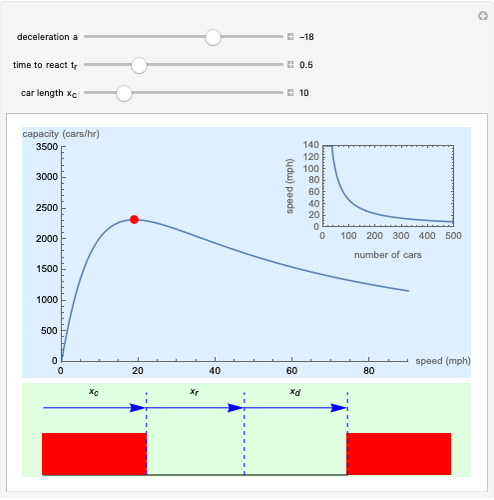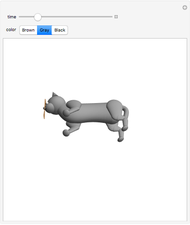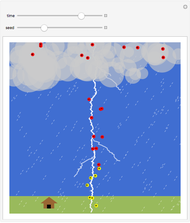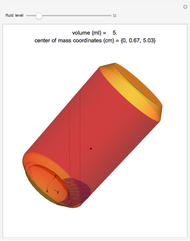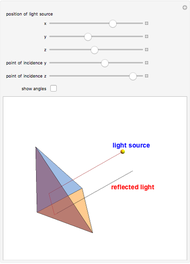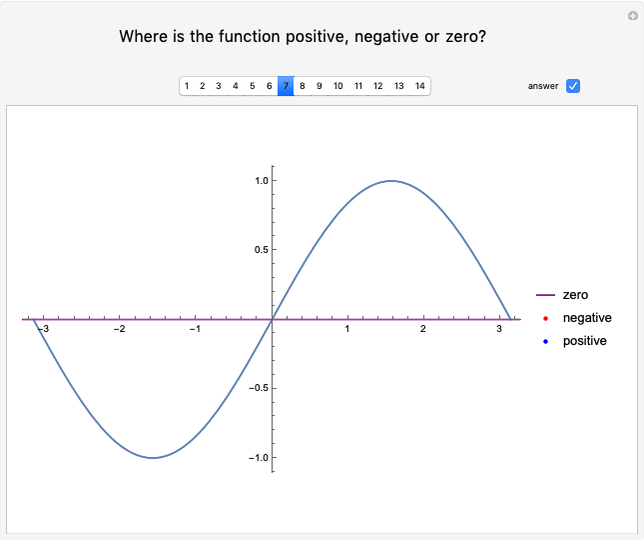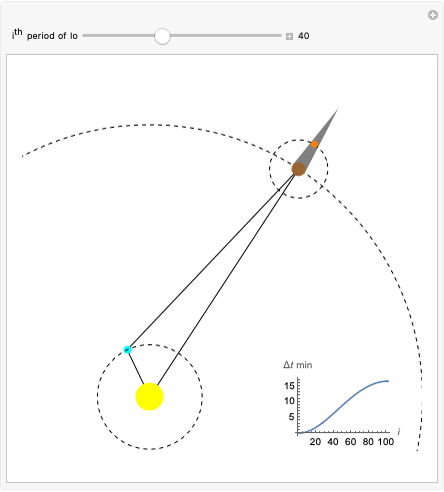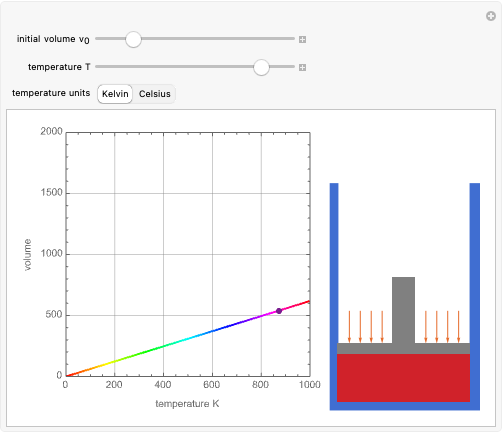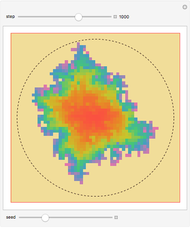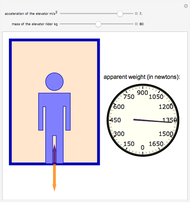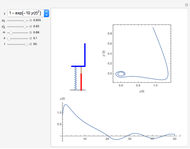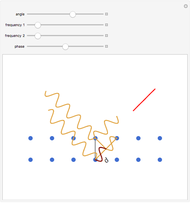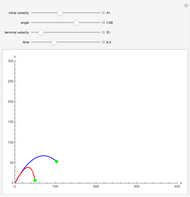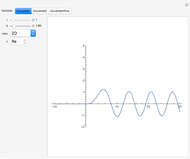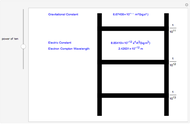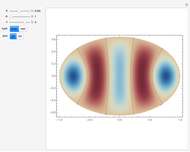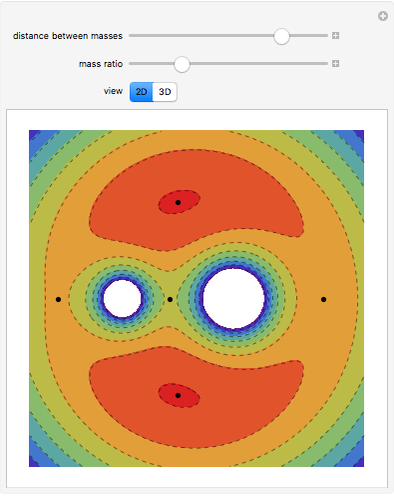Falling Chimney

Requires a Wolfram Notebook System
Interact on desktop, mobile and cloud with the free Wolfram Player or other Wolfram Language products.
When a large chimney falls, it often breaks up near its bottom before falling flat, due to the action of internal stresses.
Contributed by: Enrique Zeleny (August 2011)
Open content licensed under CC BY-NC-SA
Snapshots
Details
From the expressions for rotational kinetic energy and gravitational potential energy, the initial angular velocity is given by  , where
, where  is the acceleration due to gravity and
is the acceleration due to gravity and  is the height. If the chimney falls in one single piece, it needs to fall at the same angular speed, but the upper part tends to spin slower than the bottom as
is the height. If the chimney falls in one single piece, it needs to fall at the same angular speed, but the upper part tends to spin slower than the bottom as  increases.
increases.
The point where the chimney breaks is at  . This can be deduced from the moment of inertia about the base,
. This can be deduced from the moment of inertia about the base,  , and the expressions for the torque of the entire chimney, the torque at the center of mass, and the torque of the rest of the chimney, thus maximizing this quantity.
, and the expressions for the torque of the entire chimney, the torque at the center of mass, and the torque of the rest of the chimney, thus maximizing this quantity.
For further analysis, see G. Varieschi and K. Kamiya, "Toy Models for the Falling Chimney," (Feb 2, 2008) arXiv:physics/0210033v.
Permanent Citation







